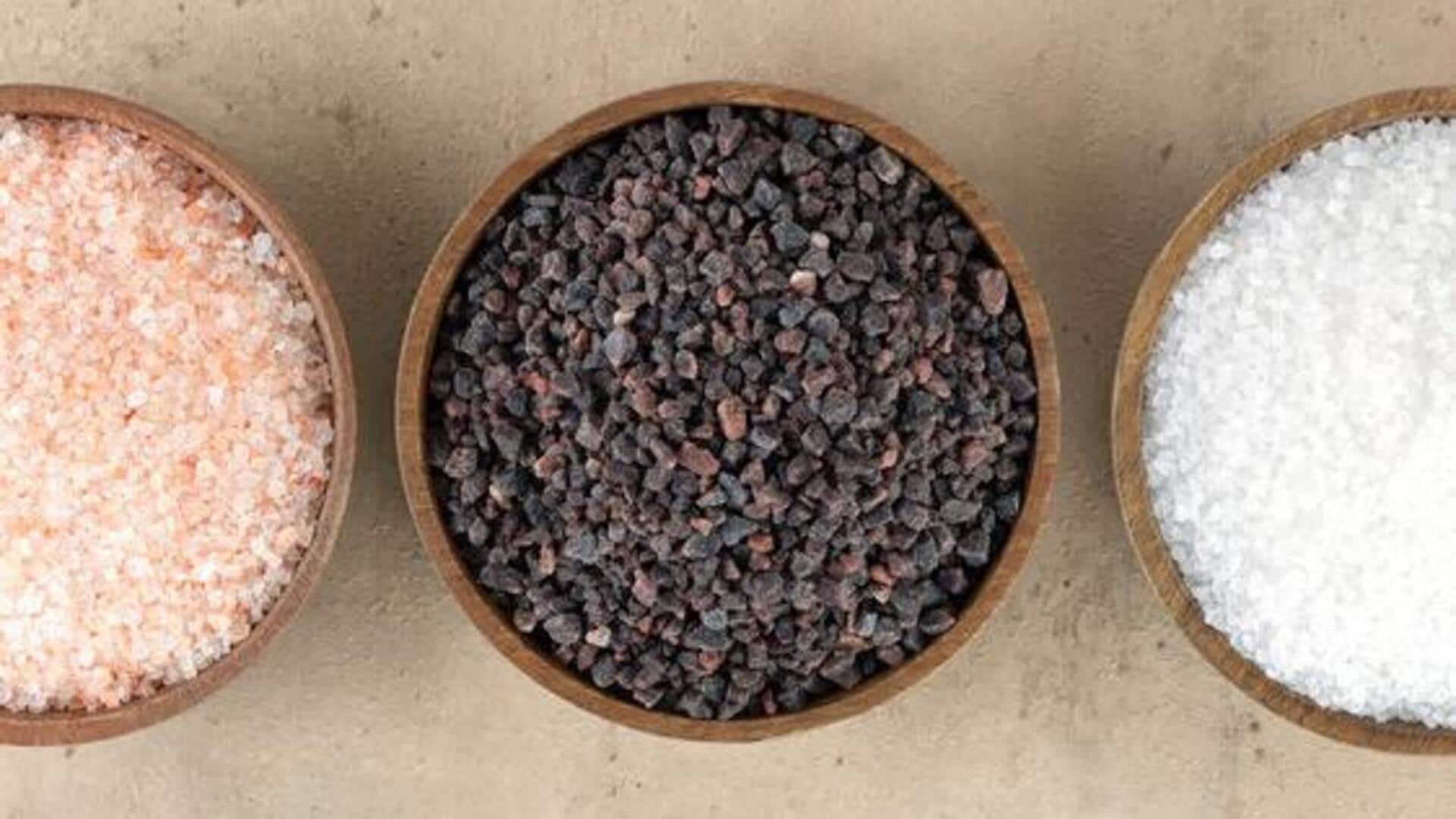A Culinary Staple
Cooking oils form the backbone of Indian cooking, providing both flavor and texture to dishes. The selection of the appropriate oil can greatly impact
the taste and health aspects of your food. With a myriad of oils available, each with its own set of characteristics, understanding the nuances of each is essential for every Indian home cook. Selecting the right oil can improve your cooking style and enrich the culinary experience, helping you to produce delicious and healthy meals.
Mustard Oil’s Punch
Mustard oil is favored in many regions, especially in the north and east. It imparts a strong, pungent flavor and has a high smoke point, making it excellent for deep frying and high-heat cooking. When properly heated, mustard oil offers a unique aroma that enriches many traditional recipes. It is also believed to have certain health benefits, including supporting heart health, when used in moderation. The robust flavor of mustard oil works especially well with vegetables, meats, and spices.
Groundnut Oil's Versatility
Groundnut oil, or peanut oil, is a popular choice due to its neutral flavor and high smoke point. This characteristic renders it versatile for various cooking methods, including frying, sautéing, and roasting. Groundnut oil’s mild flavor ensures that the natural taste of your ingredients remains intact. It is also relatively inexpensive and widely available. Groundnut oil’s versatility makes it a staple in Indian kitchens.
Coconut Oil’s Fragrance
Coconut oil, particularly in its virgin form, adds a distinct tropical flavor and aroma to dishes. It is frequently used in South Indian cuisine, providing a rich taste to curries, chutneys, and snacks. Refined coconut oil can also be utilized in other applications, while offering a higher smoke point. It’s important to be mindful of its strong flavor profile, which may not complement all dishes. Coconut oil is known for its health benefits, including the presence of medium-chain triglycerides, contributing to its popularity.
Sesame Oil's Depth
Sesame oil comes in two main varieties: light and dark. Light sesame oil has a neutral flavor and is suitable for general cooking, while dark sesame oil, produced from toasted sesame seeds, has a rich, nutty flavor that adds depth to dishes. It is a favorite in some Indian cooking styles, particularly in creating certain types of stir-fries and curries. Sesame oil is also associated with various health benefits, including providing antioxidants, which boosts its appeal among Indian consumers.
Sunflower Oil's Neutrality
Sunflower oil is known for its neutral taste and high smoke point, making it a versatile choice for cooking. Its neutral flavor makes it ideal for dishes where the flavor of the oil should not be dominant. It is often used for frying, sautéing, and baking. Sunflower oil contains vitamin E and is relatively affordable. It’s widely available in India and serves as a practical option for daily cooking needs.
Rice Bran Oil’s Health
Rice bran oil is gaining popularity due to its health benefits and suitable properties for cooking. It has a high smoke point and a mild flavor, making it a good choice for both frying and everyday cooking. Rice bran oil is rich in antioxidants and beneficial compounds, such as oryzanol, which is linked to health benefits. These factors contribute to its appeal among health-conscious consumers in India. Its versatility makes it suitable for a wide variety of Indian recipes.




